In November 2006, two large rainfall storm events, occurring two weeks apart, caused major damage to roads, bridges, forests and streams across southern Vancouver Island. These storm events delivered extremely high rainfall and associated high winds, causing hundreds of landslides on Vancouver Island with many occurring in the Bamfield-Port Alberni area.
In this investigation, the Board set out to analyze the landslide activity that occurred in the two years prior and the year following these two large rainfall storm events.
The Shawnigan Lake Watershed Watch submitted a complaint to the Forest Practices Board on March 27, 2009. The complaint was about forest planning and practices on two woodlots in the Shawnigan Lake community watershed.
In spring 2008, the Forest Practices Board conducted a limited scope compliance audit of Western Forest Products Inc. (WFP) Tree Farm Licence (TFL) 39/Block 6 in the Haida Gwaii Forest District (formerly Queen Charlotte Islands), with a focus on fish streams and crossings.
The audit assessed more than 140 cutblocks, 1,800 kilometres of road activities and obligations, and 450 bridges, as well as associated operational planning. The audit found that harvesting, road activities and associated planning undertaken by WFP between May 1, 2006, and May 30, 2008, complied with legislative requirements in all significant respects.
Haida Gwaii contains a large number of high-value fish streams and the Board commends WFP on the various measures it has taken to protect fish and fish habitat on TFL 39/Block 6. By minimizing the potential input of sediment into fish streams, ensuring fish passage at stream crossings and maintaining large riparian management areas, WFP is actively engaging in minimizing impacts to fish and fish habitat while conducting its forestry operations.
This Forest Practices Board report presents the results of an investigation of fish passage at stream crossings in 19 watersheds in the central and northern interior and on Vancouver Island, British Columbia. In total, 1,159 crossings of fish-bearing streams were examined. Each watershed had a mix of crossings built before the implementation of the 1995 Forest Practices Code of British Columbia Act (the Code), after the implementation of the Code, and also after the replacement of the Code with the 2002 Forest and Range Practices Act.
The number of stream crossings within British Columbia is constantly increasing due to new road development. Government estimates that there are approximately 370,000 stream crossings in the province, of which about 76,000 are culverts on fish streams (BC MOE, 2008). For this reason, fish stream crossings may be the single most important habitat impact affecting fish.
There have been numerous studies of stream crossings in the province. Nearly all of these studies have focused on fish passage through closed bottom structures (CBS). However, watersheds also contain a variety of other crossing types, including open bottom structures (OBS) such as bridges, log culverts, arch culverts, and open box structures. This study is the first to examine fish passage in context: on a watershed scale, in a large number of watersheds, reporting on the overall fish passage through road crossings.
In September 2006, the Sierra Club (the complainant) submitted a complaint to the Forest Practices Board (the Board) asserting that agencies and licensees were not implementing an earlier Board recommendation to use a cautious approach in managing goshawk foraging habitat while land use planning processes were being completed. The complaint is focused in the Rennell Sound Landscape Unit, within the Haida Gwaii Forest District, and is partly based on the submission of plans from the two licensees in the area, Husby Forest Products Ltd. and BC Timber Sales.
On June 11, 2007, the Board received a complaint from an individual living near Port Alberni asserting that a woodlot licensee, his neighbour, needlessly built a new logging road instead of using an existing roadway (the Log Train Trail or LTT), damaging forest values in the process.
The Board found that the woodlot licensee had adequately considered using the LTT for its access road, but other considerations such as long term management of the woodlot and recreational use of the trail made it preferable to propose the new road.
